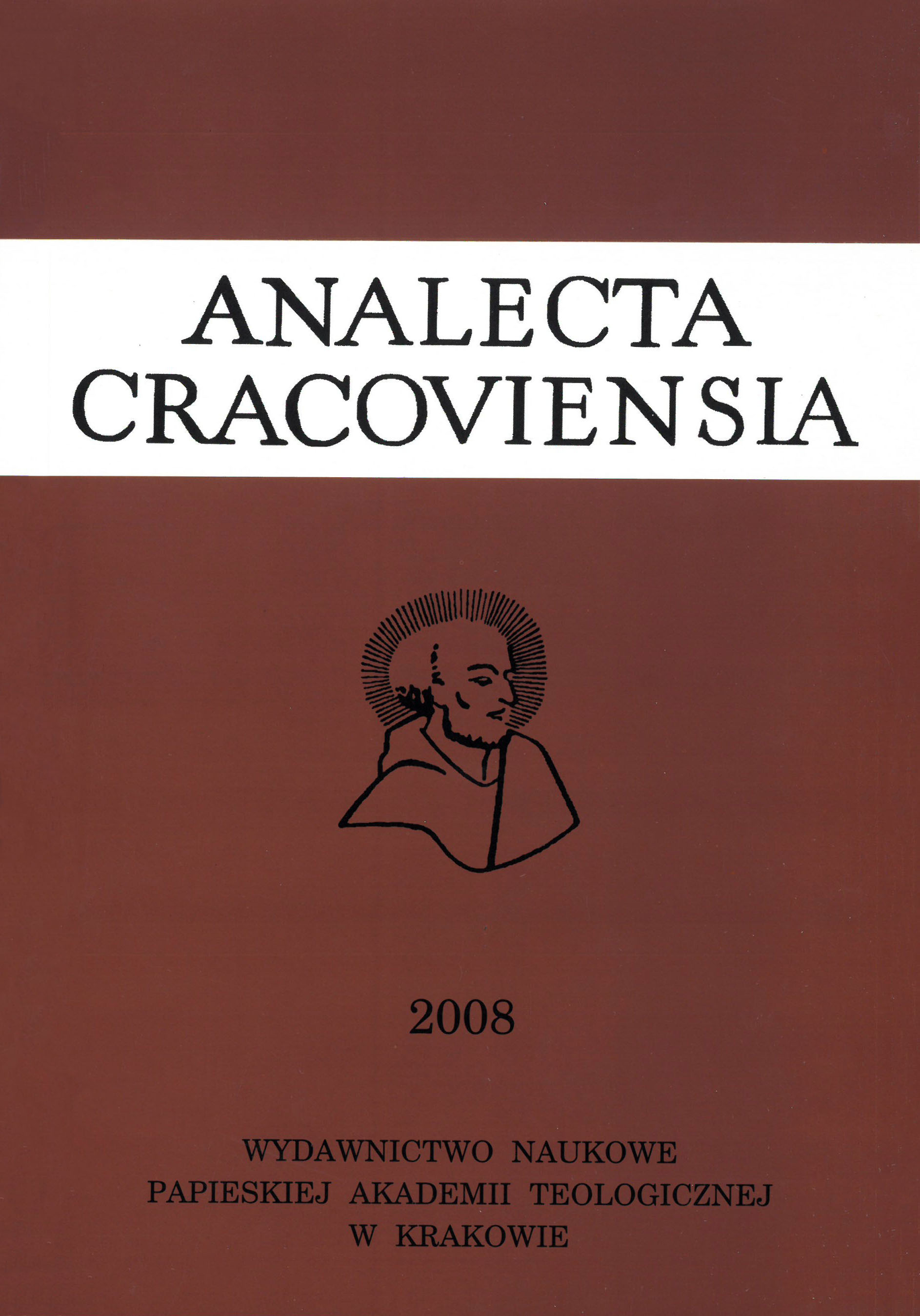Rola Maryi w duchowym życiu Kościoła w ujęciu Wilfreda Le Sage’a
DOI:
https://doi.org/10.15633/acr.4008Abstrakt
This article concerns the vision of meditation contained in Vision of Renewal. An Aggiornamento by Wilfred Le Sage SJ. In the spirit of post-Vaticanum II mariology the author tries to combine intelectual elements with emotional ones in order to show the life of Our Lady as a pattern of christian life. She is depicted from the wide theological perspective as a Virgin and as a Mother of God who by her part in mission of her Son is also a Mother of the Church. Her sufferings represented as an especially significant aspect of her vocation express the degree of her love developed in all her life. Thanks to the exceptional grace the Mother of God, called “the Woman”, suffered more then all the martyrs and therefore she can be a helper of the regulars also on the way of mistical experience. With a reference to an everyday christian life the riches of Mary’s soul is the conspicuous sign how the God’s plan is to be fulfilled. Being a student of Jesus she is a teacher of believers and an exemplar of humility and silence directed to God right up to contemplation. The Le Sage’s presentation characterised by the maturity of analysis and conclusions makes the interesting achievment in the process of catholic theological reflection salient for prayer and activity.
Pobrania
Opublikowane
Numer
Dział
Licencja
Prawa autorskie (c) 2022 Marcin Godawa

Praca jest udostępniana na licencji Creative Commons Attribution-NonCommercial-NoDerivatives 3.0 Unported License.
Obecnie autorzy publikujący w czasopiśmie udzielają jego wydawcy zgody o następującej treści:
- Autor zachowuje autorskie prawa majątkowe do utworu, a jednocześnie udziela wydawcy czasopisma zgody na jego pierwszą publikację w wersji drukowanej i wersji online na licencji Creative Commons Uznanie autorstwa 4.0 Międzynarodowe oraz zgody na wykonywanie opracowań, w tym przekładów.
- Autor ma możliwość udzielania zgody niewyłącznej na opublikowanie utworu w wersji, która ukazała się w czasopiśmie (np. zamieszczenia go w repozytorium instytucjonalnym lub opublikowania w książce), wraz z informacją o jego pierwszej publikacji w czasopiśmie.
- Autor może umieścić swój utwór online (np. w repozytorium instytucjonalnym lub na swojej stronie internetowej) jeszcze przed zgłoszeniem utworu do czasopisma.

